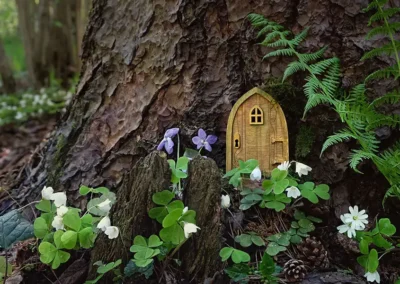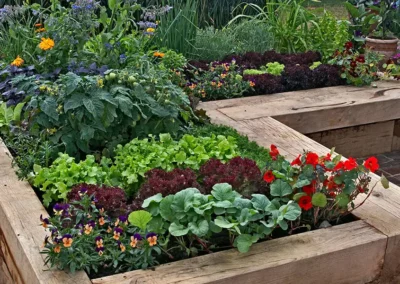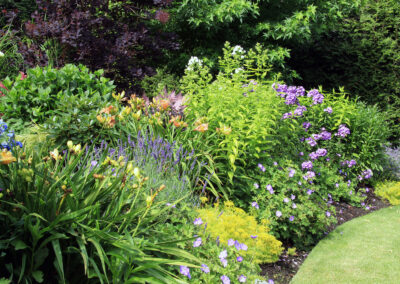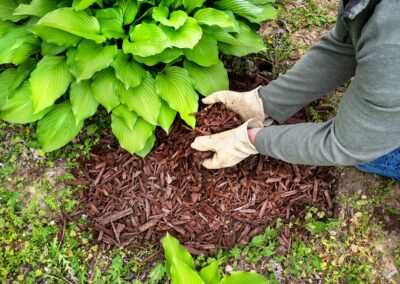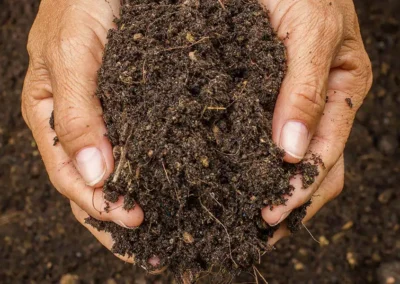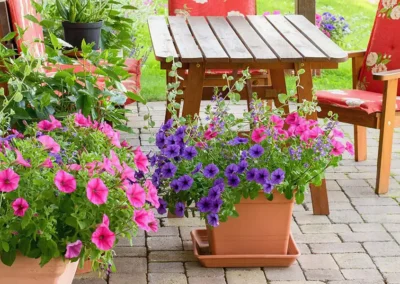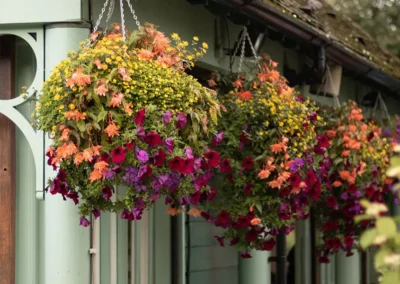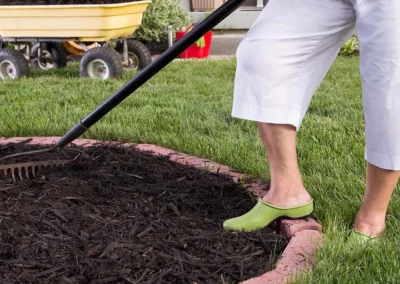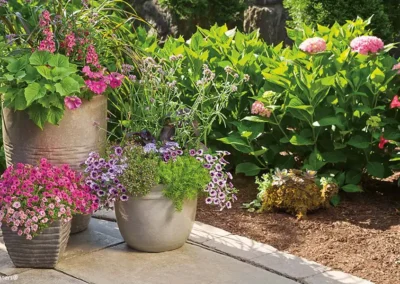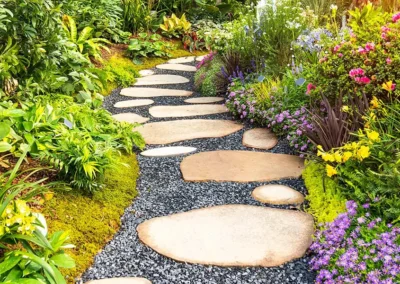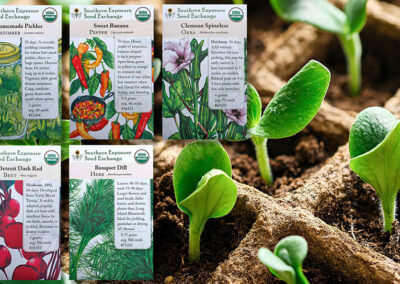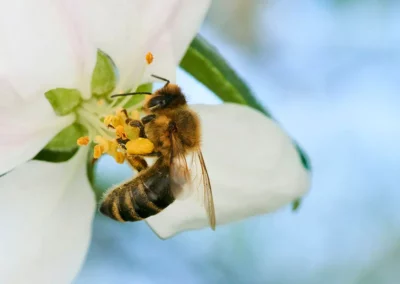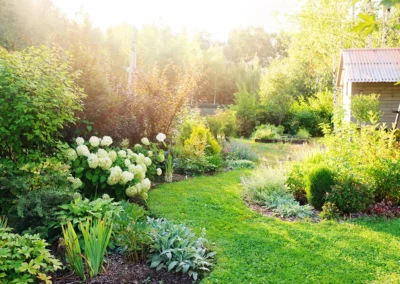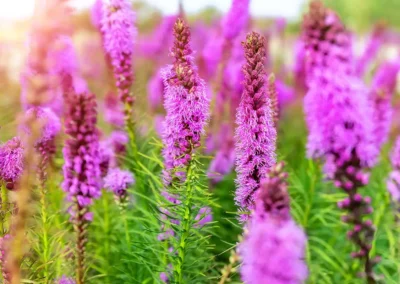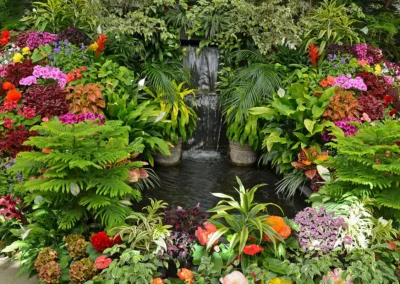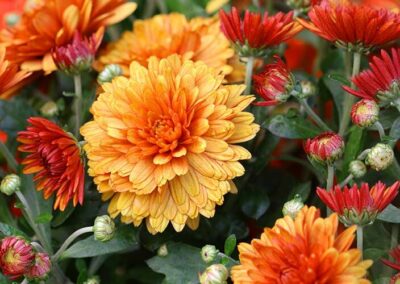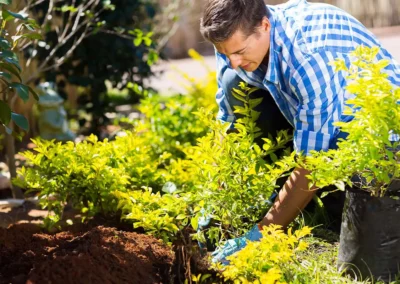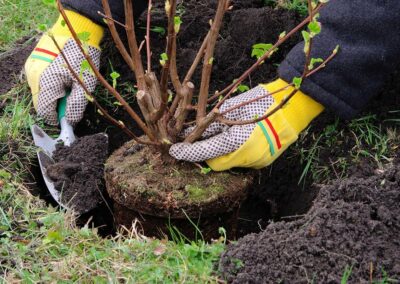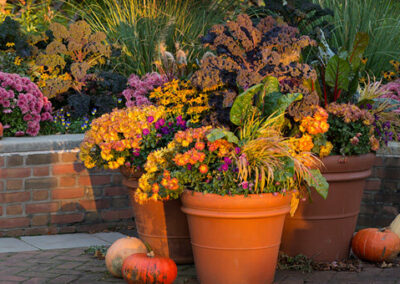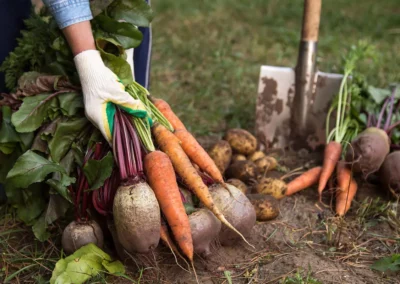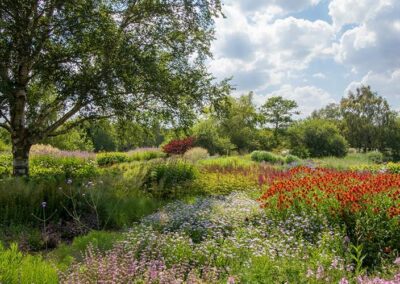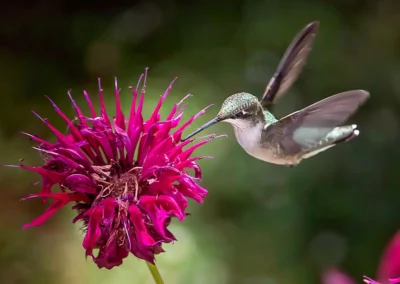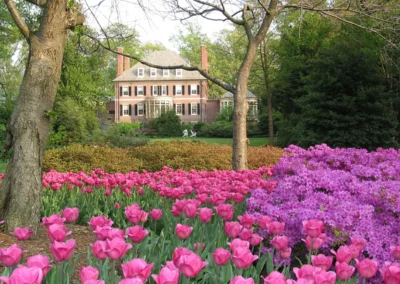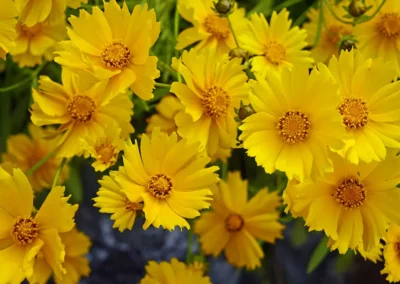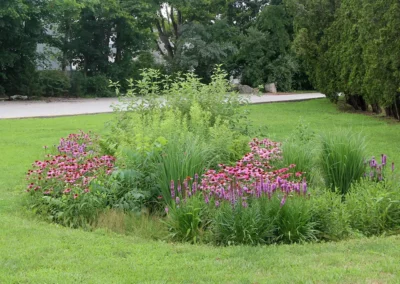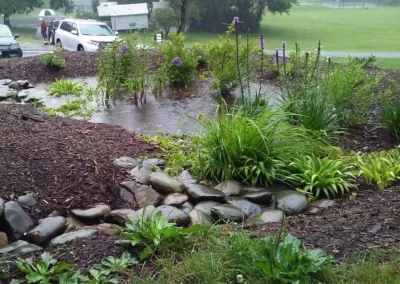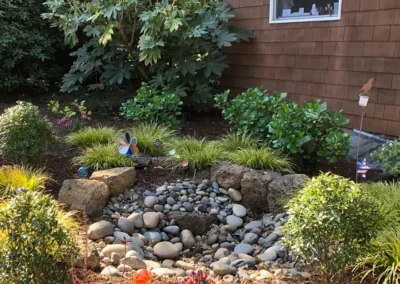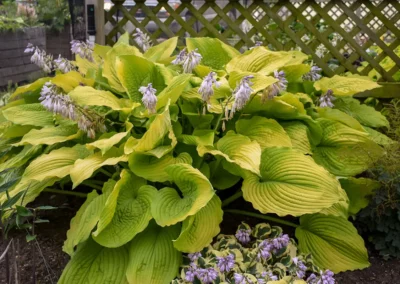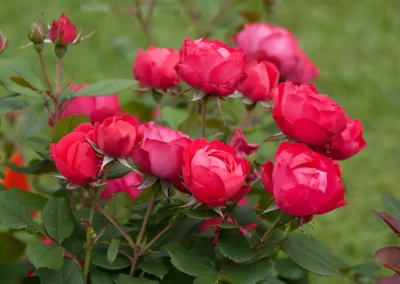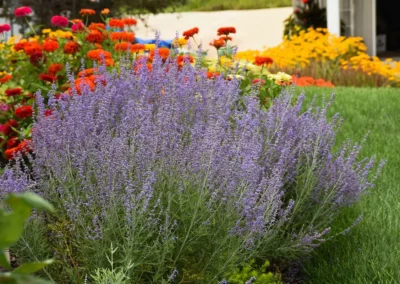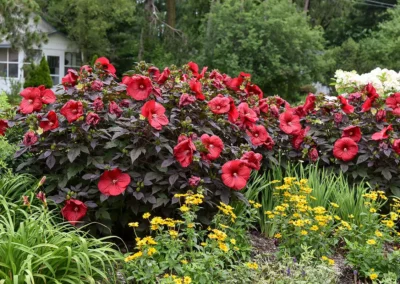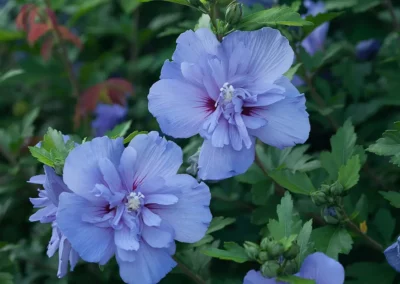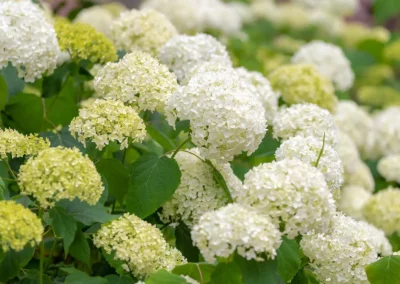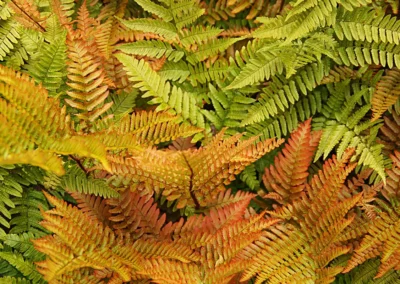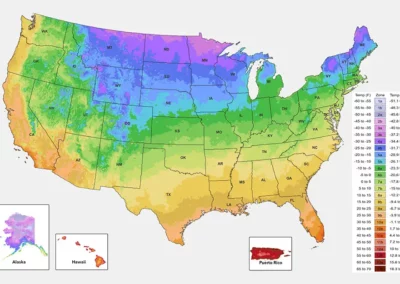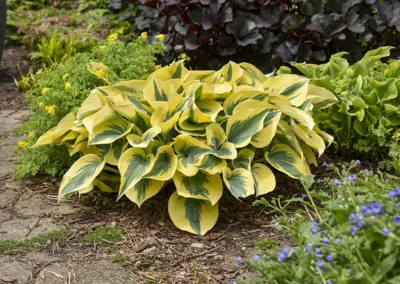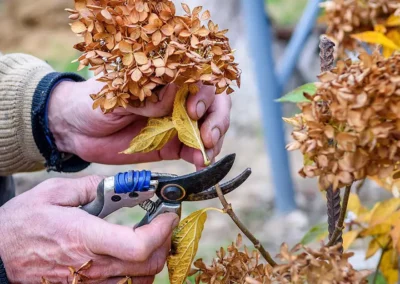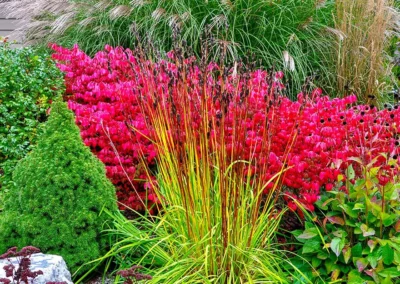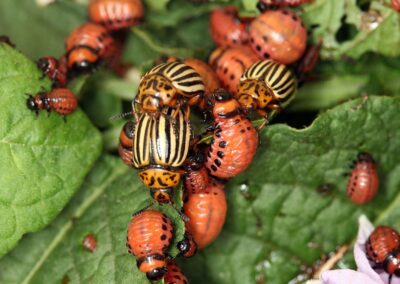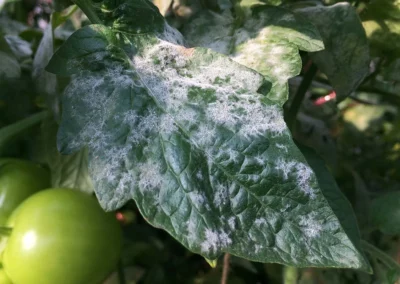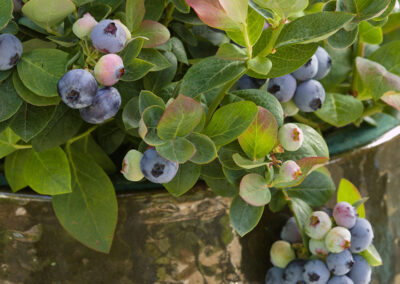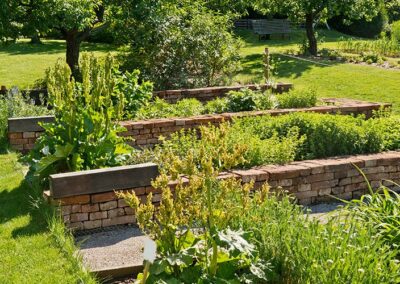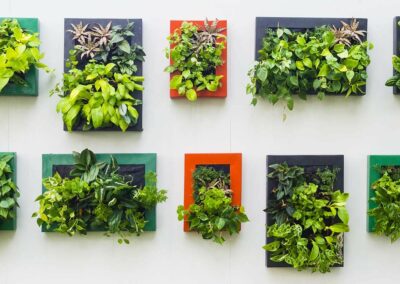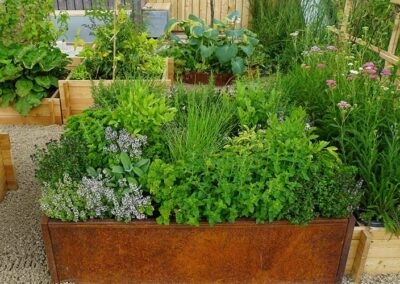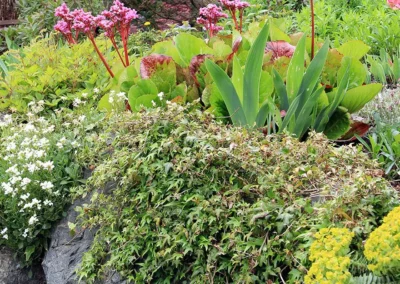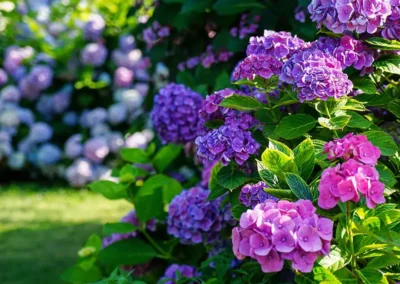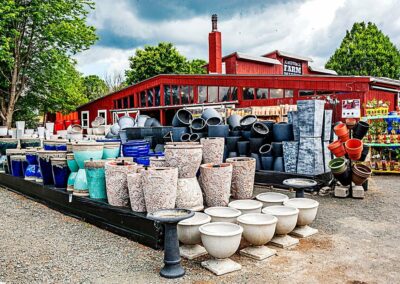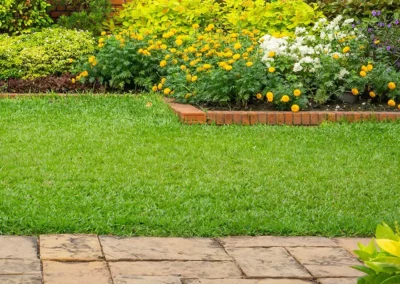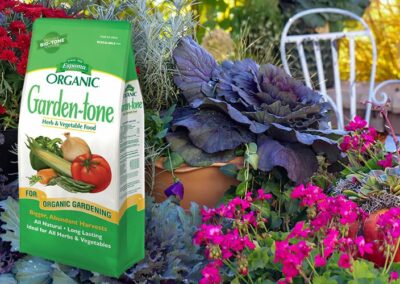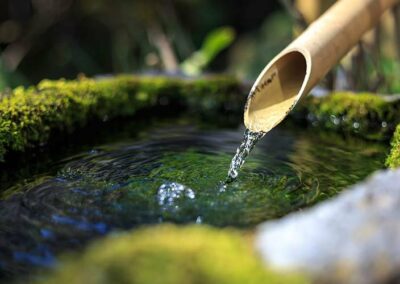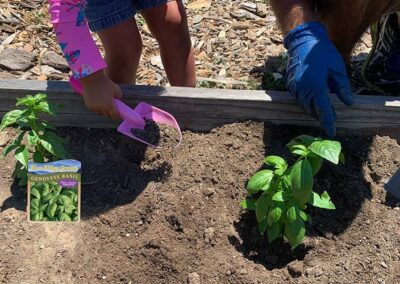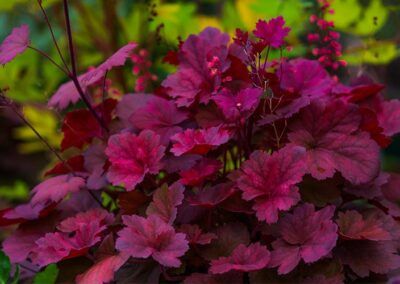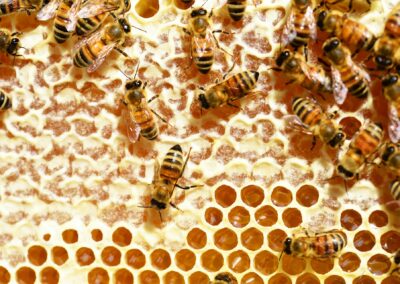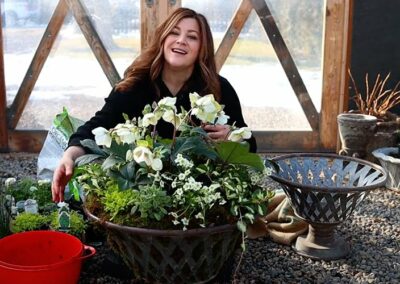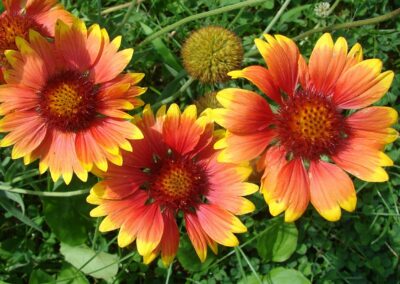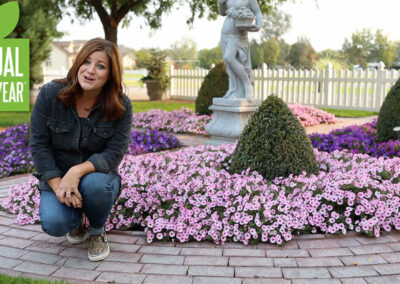As our planet faces the challenges of changing weather patterns and warming temperatures, it’s becoming increasingly important to adapt our gardening practices to ensure sustainability.
Across the United States, the USDA Plant Hardiness Zone map has already shifted, with hotter, drier weather reaching deep into our local area. In fact, Reston Farm Garden Market and our surrounding area has shifted from zone 7a to a warmer zone 7b. Learn more about the new Plant Hardiness Zones.
One of the most effective ways to create a resilient and beautiful outdoor space is through xeriscaping (zeh·ruh·skay·ping).
This approach, which focuses on using drought-tolerant plants and water-efficient landscaping techniques, is perfect for Virginia, DC and Maryland gardeners looking to create vibrant, low-maintenance yards.
Let’s dive into why xeriscaping is essential, explore its numerous benefits, and discover some native plants that will thrive in your mid-Atlantic garden.
Why Xeriscaping?
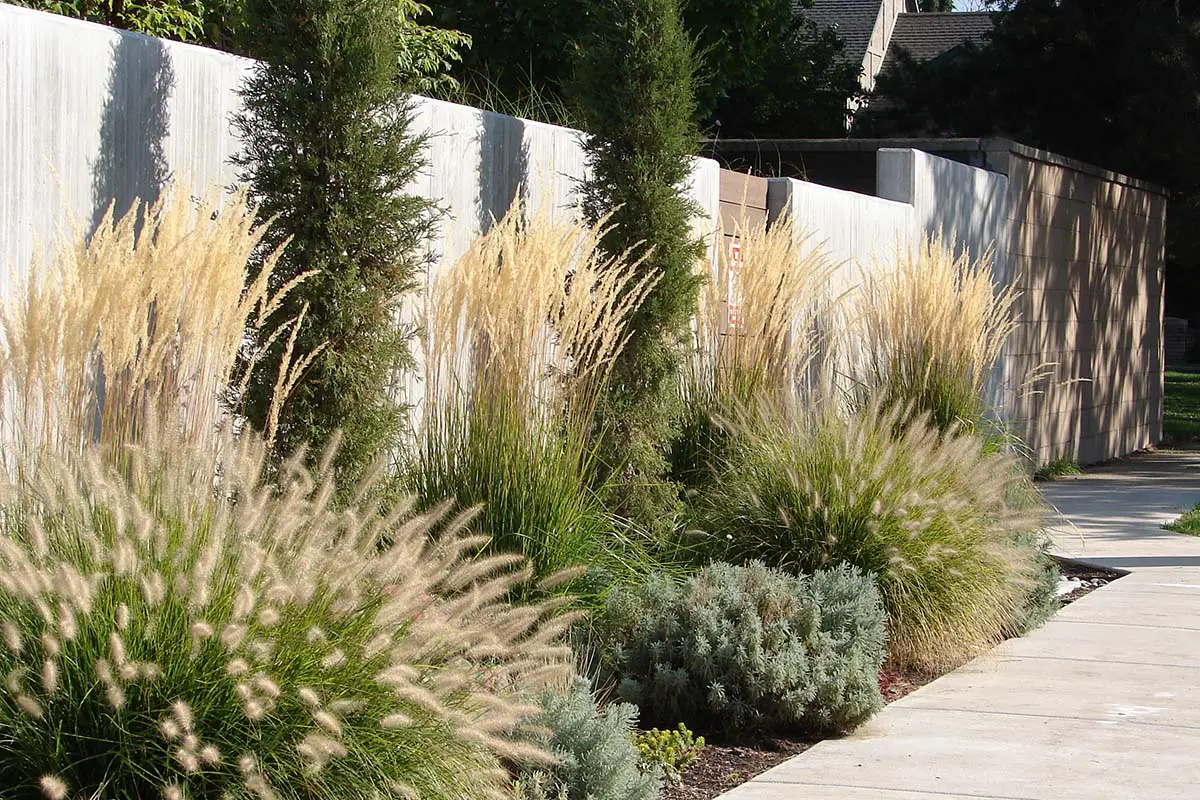
Environmental Challenges
Climate change is causing unpredictable weather patterns, including prolonged droughts and extreme heatwaves. These conditions can make traditional gardens difficult to maintain, as they often require significant amounts of water.
In our northern Virginia area, summers can be particularly hot, hot, hot with long periods without rain. This puts additional stress on plants and increases water consumption. Xeriscaping addresses these challenges by emphasizing water conservation and using plants that are naturally adapted to these less-frequent rain conditions.
Water Conservation
One of the primary reasons to adopt xeriscaping is water conservation. Traditional lawns and gardens can consume vast amounts of water, especially during the hot summer months. By using drought-tolerant plants and efficient irrigation methods, xeriscaping can reduce water usage by 50 to 75%. This not only helps conserve a precious resource, but also lowers your water bill.
Low Maintenance
Xeriscaping is ideal for beginner gardeners or those who prefer a low-maintenance yard. Drought-tolerant plants typically require less care once established, reducing the need for frequent watering, fertilizing, and mowing. This frees up more time to enjoy your garden rather than constantly tending to it.
Soil Health
Healthy soil is the foundation of any thriving garden. Xeriscaping encourages the use of organic mulches and ground covers, which help retain moisture, suppress weeds, and improve soil structure. Over time, this creates a more robust and self-sustaining garden ecosystem.
Benefits of Xeriscaping
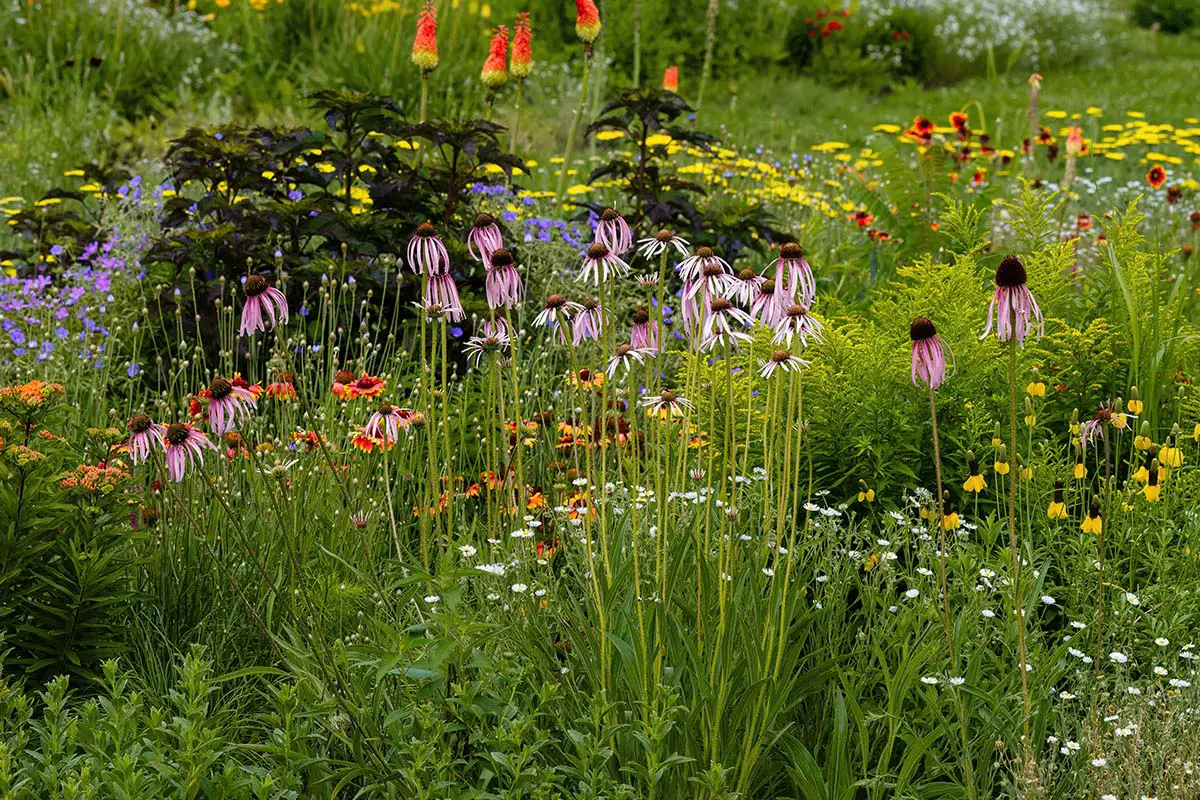
Sustainable Landscaping
By incorporating xeriscaping principles, you’re contributing to a more sustainable and environmentally-friendly landscape. This practice reduces the need for chemical fertilizers and pesticides, which can harm local wildlife and pollute water sources. Additionally, xeriscaping promotes biodiversity by providing habitat for native plants, insects, and birds.
Aesthetic Appeal
Contrary to popular belief, xeriscaping doesn’t mean sacrificing beauty for practicality. Drought-tolerant gardens can be incredibly diverse and visually stunning. With a wide variety of textures, colors, and forms, you can create a landscape that is both functional and aesthetically pleasing. From vibrant wildflowers to sculptural succulents, the possibilities are endless.
Increased Property Value
A well-designed xeriscaped yard can boost your home’s curb appeal and increase its property value. Prospective buyers often appreciate the benefits of a low-maintenance, water-efficient garden, making your home more attractive on the market. Plus, a beautiful, sustainable yard is a great selling point for environmentally-conscious buyers.
Resilience to Climate Change
As weather patterns become more unpredictable, having a resilient garden is crucial. Xeriscaping helps create a landscape that can withstand periods of drought, heat, and even heavy rainfall. Drought-tolerant plants are typically more adaptable and hardier than traditional garden plants, ensuring your garden remains lush and vibrant despite changing conditions.
(Mostly) Native Plants for Drought-tolerant Virginia Gardens
Choosing the right plants is key to successful xeriscaping. Native plants are well-suited to the local climate and soil conditions, making them ideal candidates for a drought-tolerant garden. Learn more about incorporating native plants in your yard.
Here are some fantastic native plants to consider for your Virginia xeriscape:
Trees & Shrubs
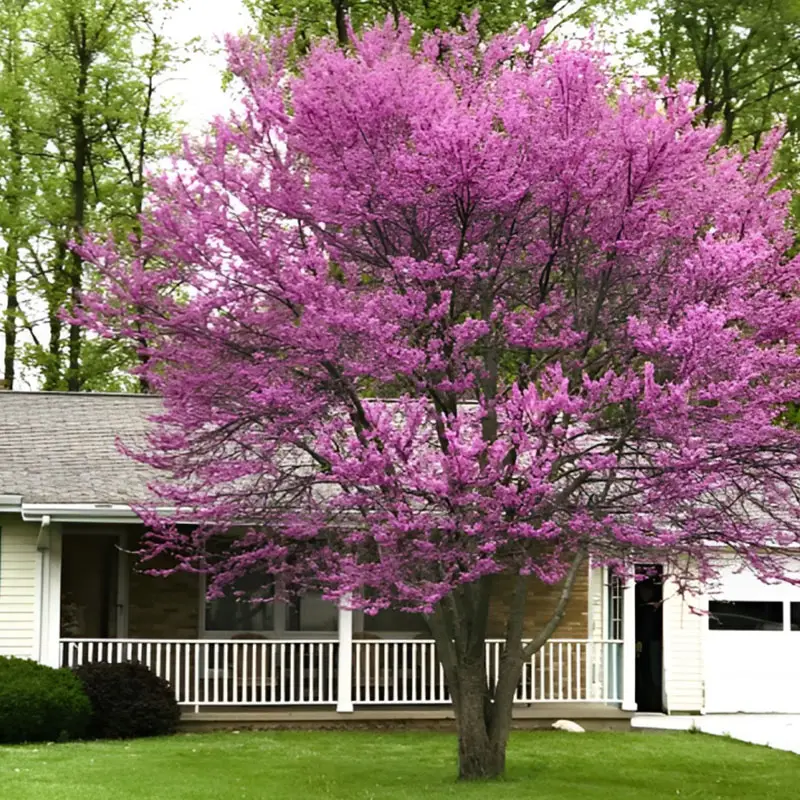
Eastern Redbud (Cercis canadensis)
This small, deciduous tree produces beautiful pink blossoms in early spring, adding a splash of color to your garden. It’s drought-tolerant and adapts well to various soil types.
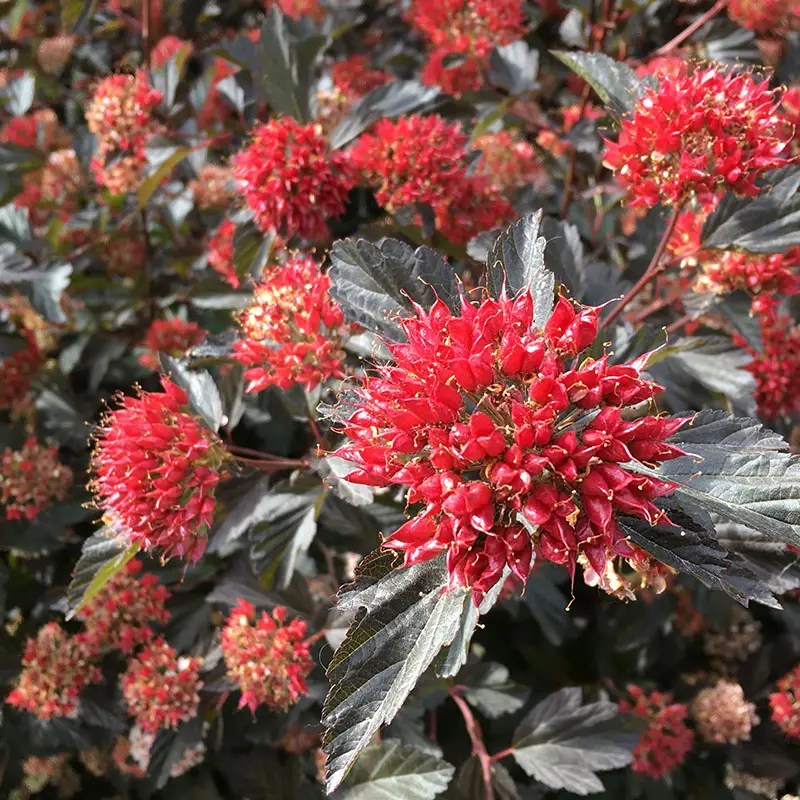
Common or Eastern Ninebark (Physocarpus opulifolius)
This drought-tolerant, adaptable shrub provides seasonal interest with showy flowers, winter-persistent fruits, and papery bark, which molts in thin strips on older branches to expose reddish to light brown underlayers.
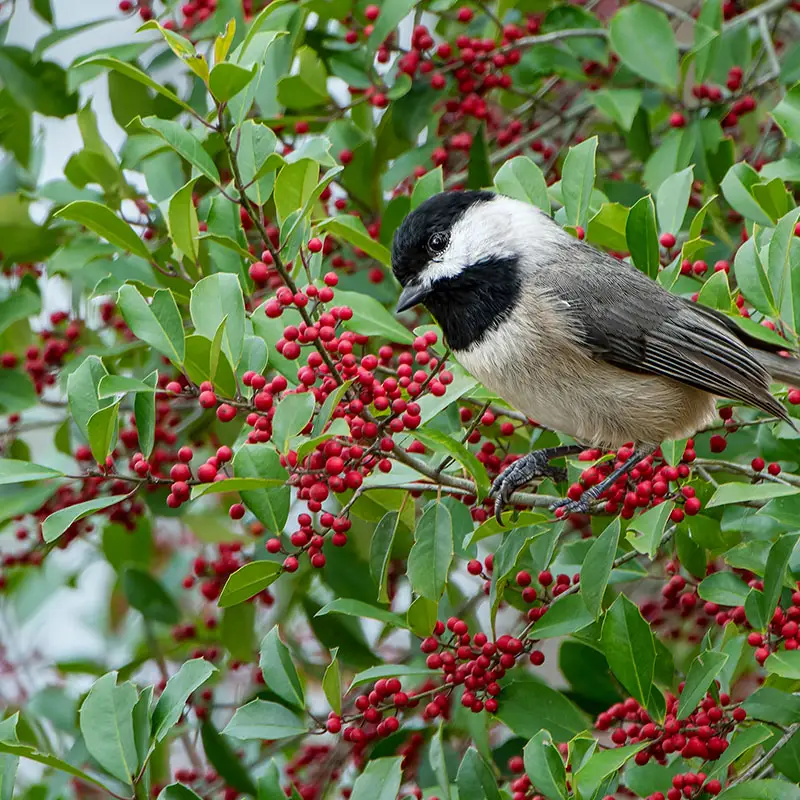
American Holly (Ilex opaca)
This evergreen shrub is perfect for creating a year-round focal point. Its glossy green leaves and bright red berries provide winter interest, while its drought tolerance makes it a low-maintenance option.
Perennials and Ground Covers

Black-eyed Susan (Rudbeckia hirta)
Known for its cheerful yellow flowers with dark centers, the Black-eyed Susan is a hardy perennial that thrives in full sun. Not only is it drought-tolerant, it attracts pollinators such as butterflies and bees.
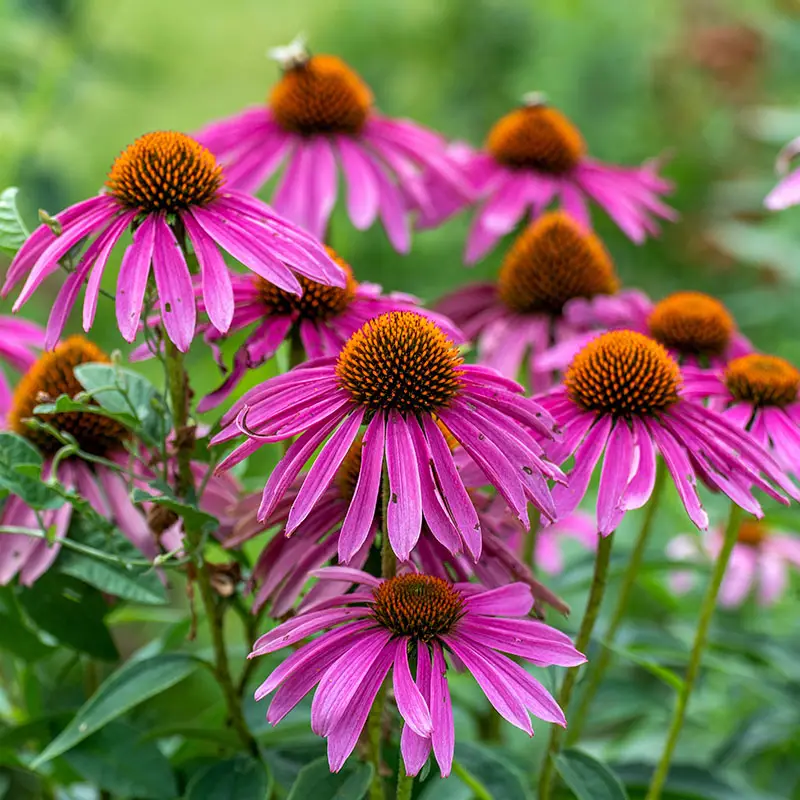
Purple Coneflower (Echinacea purpurea)
This popular perennial features striking purple petals and a prominent central cone. It’s not only drought-tolerant, but also deer-resistant, making it a great addition to any garden. And yep, it’s also a pollinator-attractor!
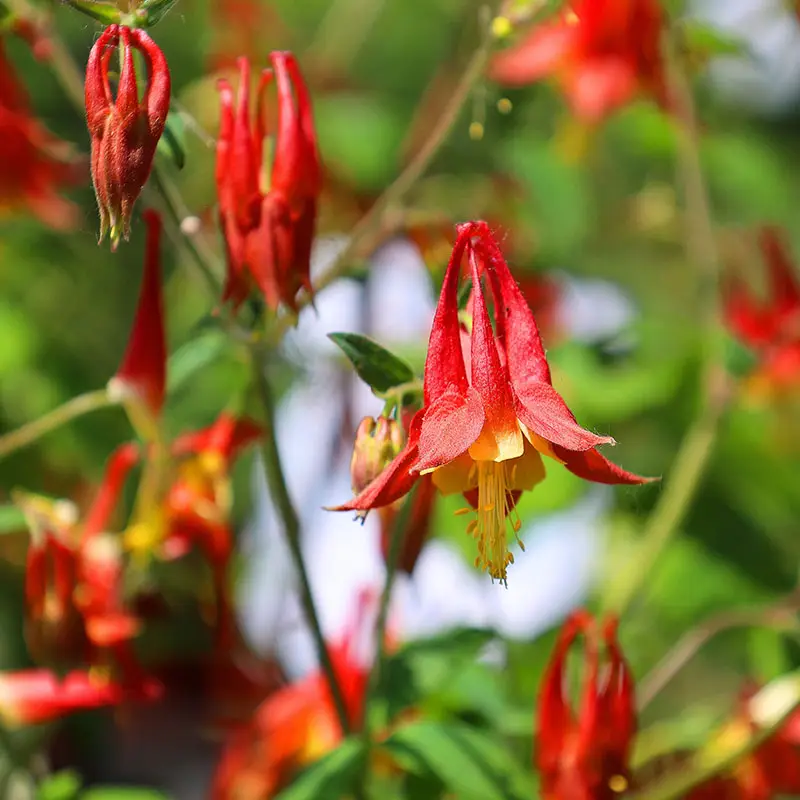
Wild Columbine (Aquilegia canadensis)
With its unique red and yellow flowers, Wild Columbine adds a touch of whimsy to your garden. It prefers partial shade and well-drained soil, making it a versatile choice for various garden settings.
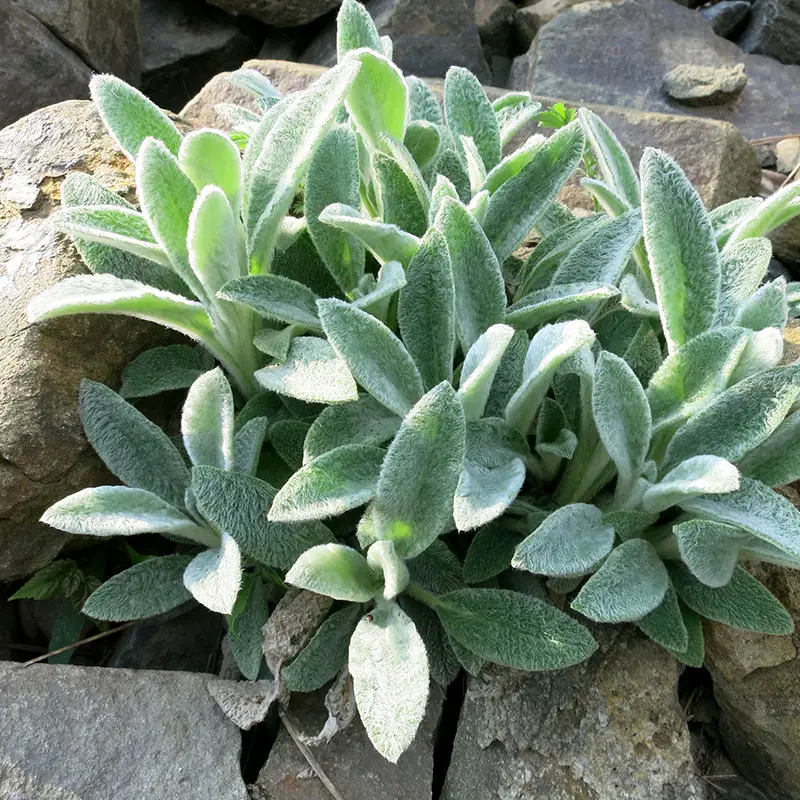
Lamb’s Ears (Stachys byzantina)
Like many silvery plants, these are extremely drought tolerant. Perfect for rock gardens or a dry spot of average soil in a garden bed, lamb’s ears are easy plants to grow. The leaves quickly form a soft mat of rosettes.
Grasses and Sedges
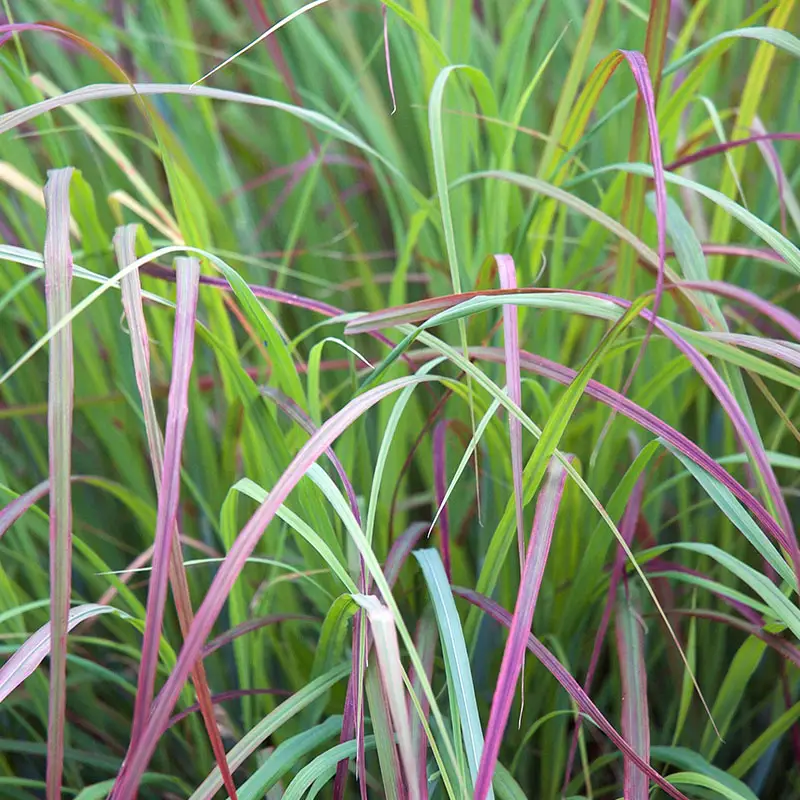
Little Bluestem (Schizachyrium scoparium)
This native grass is known for its blue-green foliage that turns a stunning reddish-orange in the fall. It’s highly drought-tolerant and provides excellent habitat for wildlife.
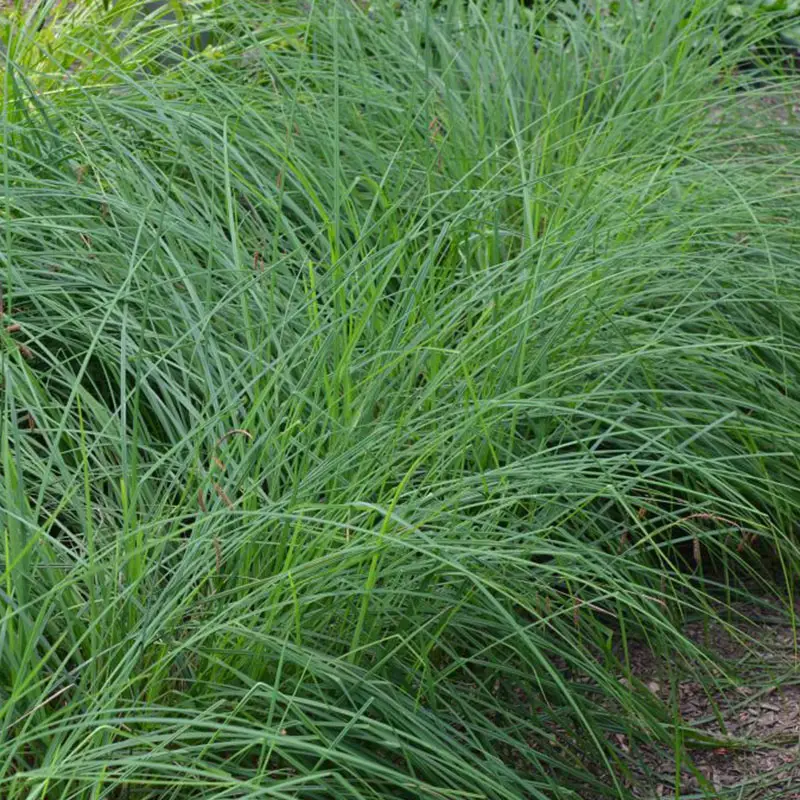
Appalachian Sedge (Carex appalachica)
A low-growing sedge that forms dense tufts of fine-textured leaves, Appalachian Sedge is perfect for ground cover in shady areas. It’s drought-tolerant and requires minimal maintenance.
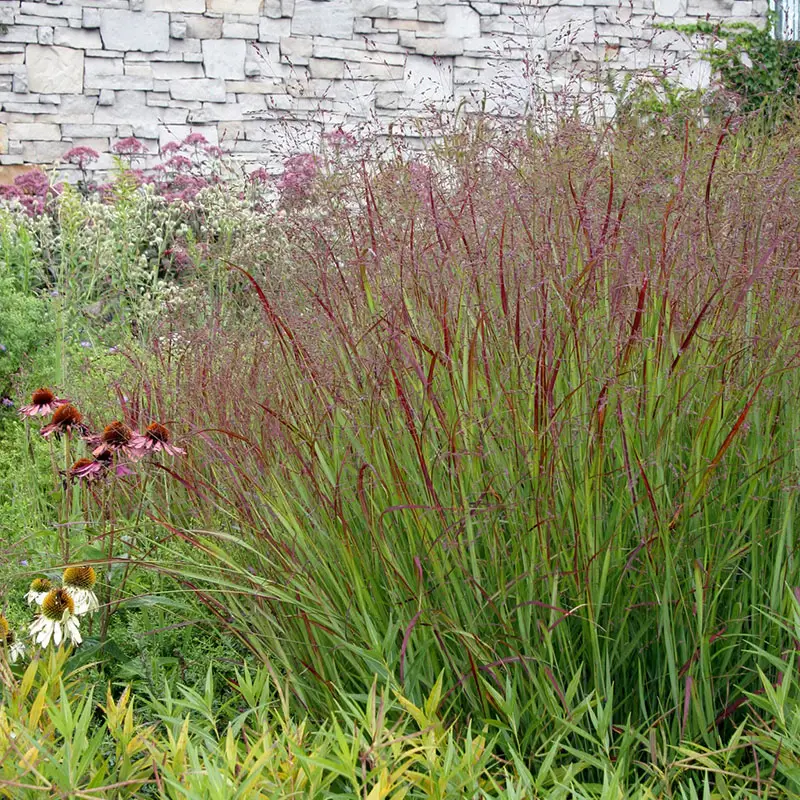
Switchgrass (Panicum virgatum)
This tall, clump-forming grass is highly adaptable and can thrive in various soil conditions. It produces airy flower panicles in late summer and provides winter interest with its golden-brown foliage.
Tips for Successful Xeriscaping
Plan and Design
Before you start planting, take some time to plan and design your xeriscape. Consider the layout of your garden, the amount of sunlight each area receives, and the soil conditions. Group plants with similar water needs together to ensure efficient irrigation.
Improve Soil Quality
Healthy soil is crucial for the success of your xeriscape. Incorporate organic matter such as compost or aged manure to improve soil structure and water retention. Mulching with materials such as wood chips or straw helps retain moisture and suppress weeds.
Efficient Irrigation
While xeriscaping reduces water usage, some irrigation is still necessary, especially during the establishment phase. Drip irrigation systems and soaker hoses are excellent options for delivering water directly to the plant roots, minimizing evaporation and runoff.
Mulching
Mulching is essential in xeriscaping as it helps conserve moisture, regulate soil temperature, and prevent weed growth. Apply a layer of organic mulch around your plants to maintain a healthy and hydrated garden bed.
Maintenance
Although xeriscaping requires little maintenance, some care is still required. Regularly check for signs of stress or pests, and prune plants as needed to maintain their shape and health. Periodically replenish mulch and monitor soil moisture levels to ensure your garden remains in top condition.
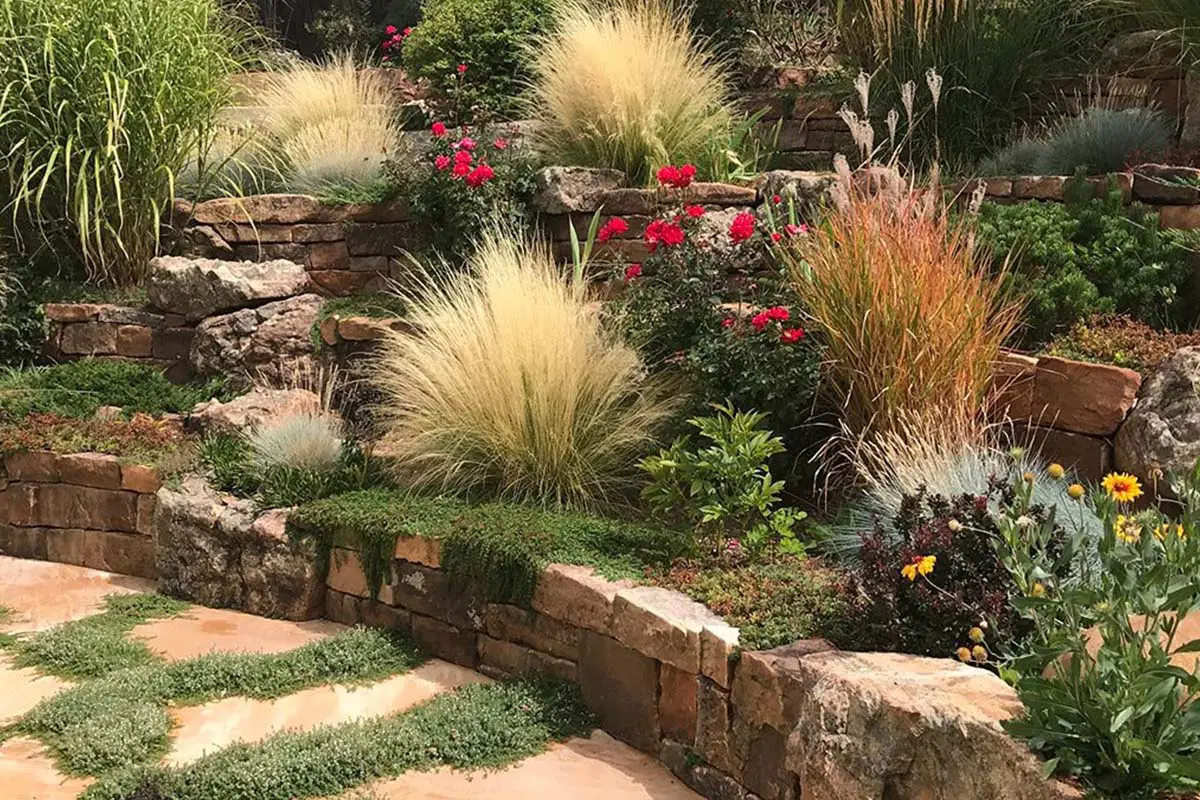
Embracing the Future of Gardening
Xeriscaping offers a sustainable and practical solution to the challenges posed by changing weather patterns and warming temperatures. By incorporating drought-tolerant plants and water-efficient landscaping techniques, you can create a beautiful, low-maintenance garden that thrives in Virginia’s climate. Not only will you conserve water and reduce your environmental footprint, but you’ll also enjoy a resilient and visually stunning outdoor space.
Whether you consider yourself a beginner gardener or just someone who wants a pretty space, embarking on the journey of xeriscaping may seem daunting, but the rewards are well worth the effort. And you can always find plant and gardening support here at the Garden Market!
With careful planning, thoughtful plant selection, and a bit of maintenance, you’ll soon have a thriving, drought-tolerant garden that brings joy and beauty to your home. So, grab your gardening gloves and start transforming your yard into a sustainable oasis today.

